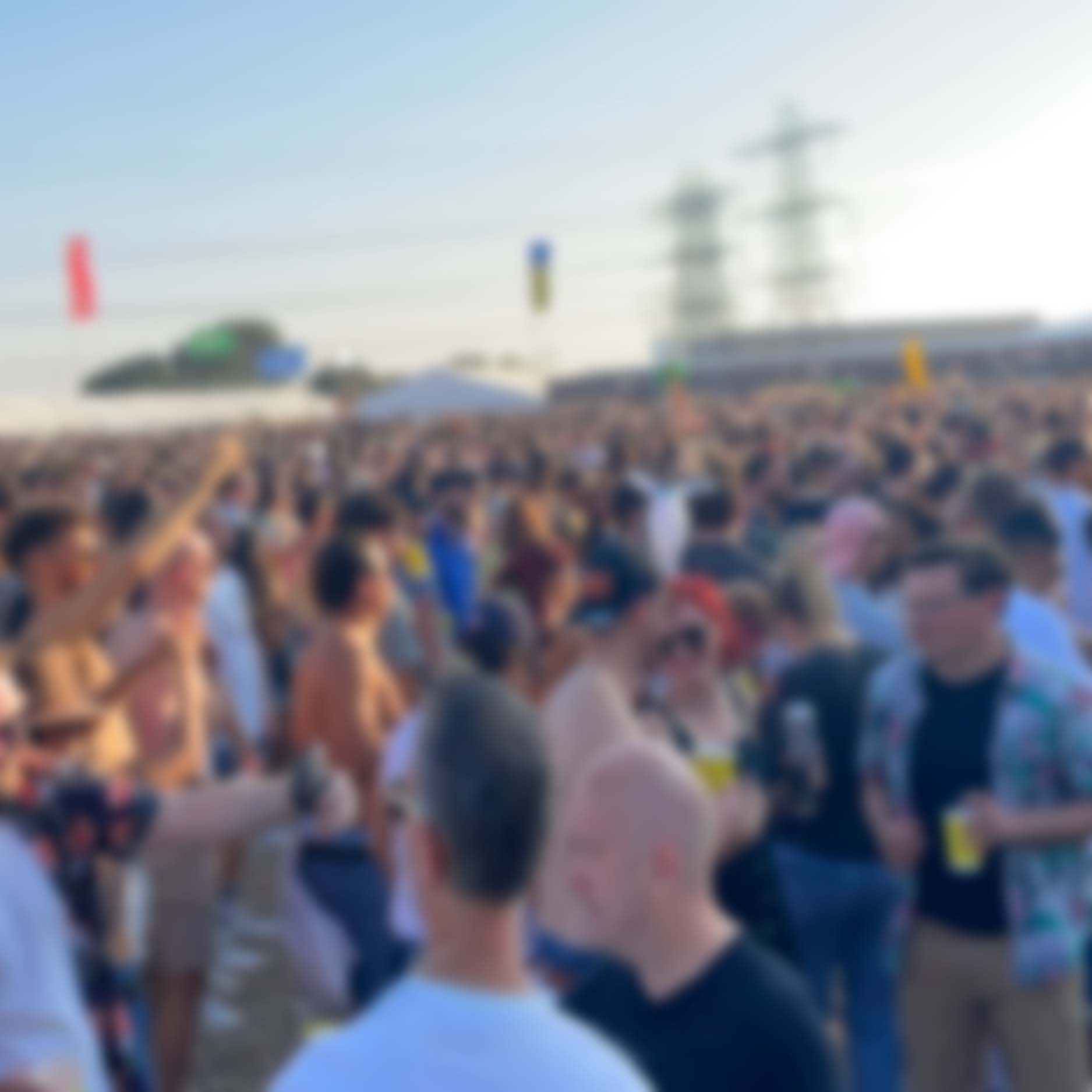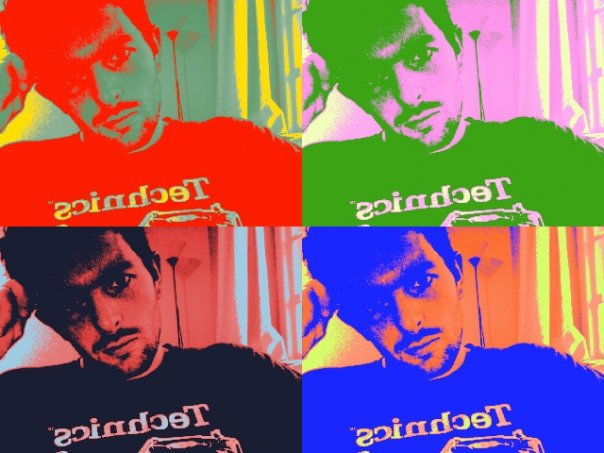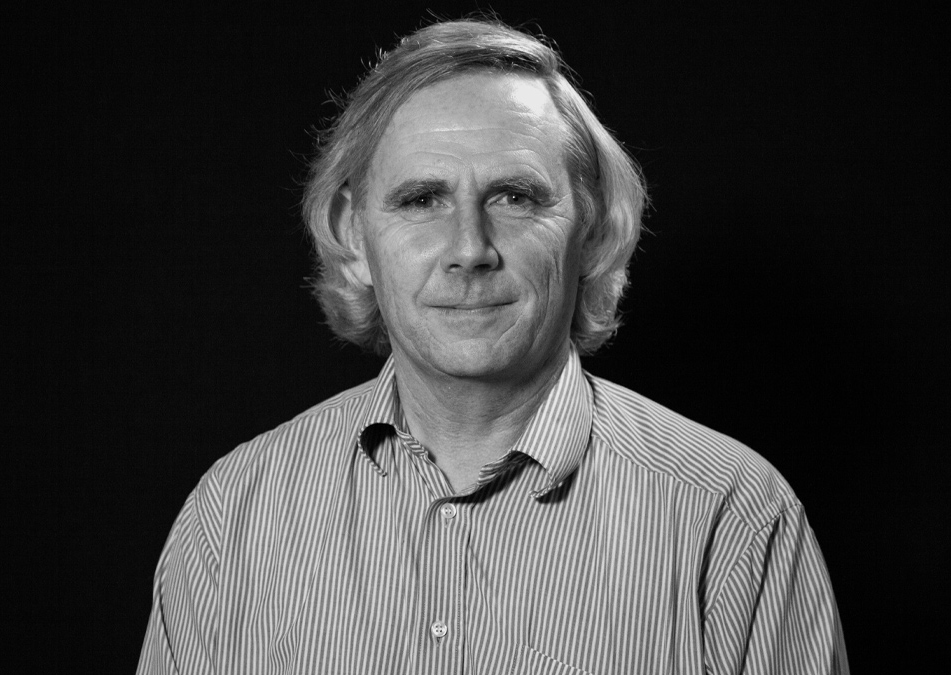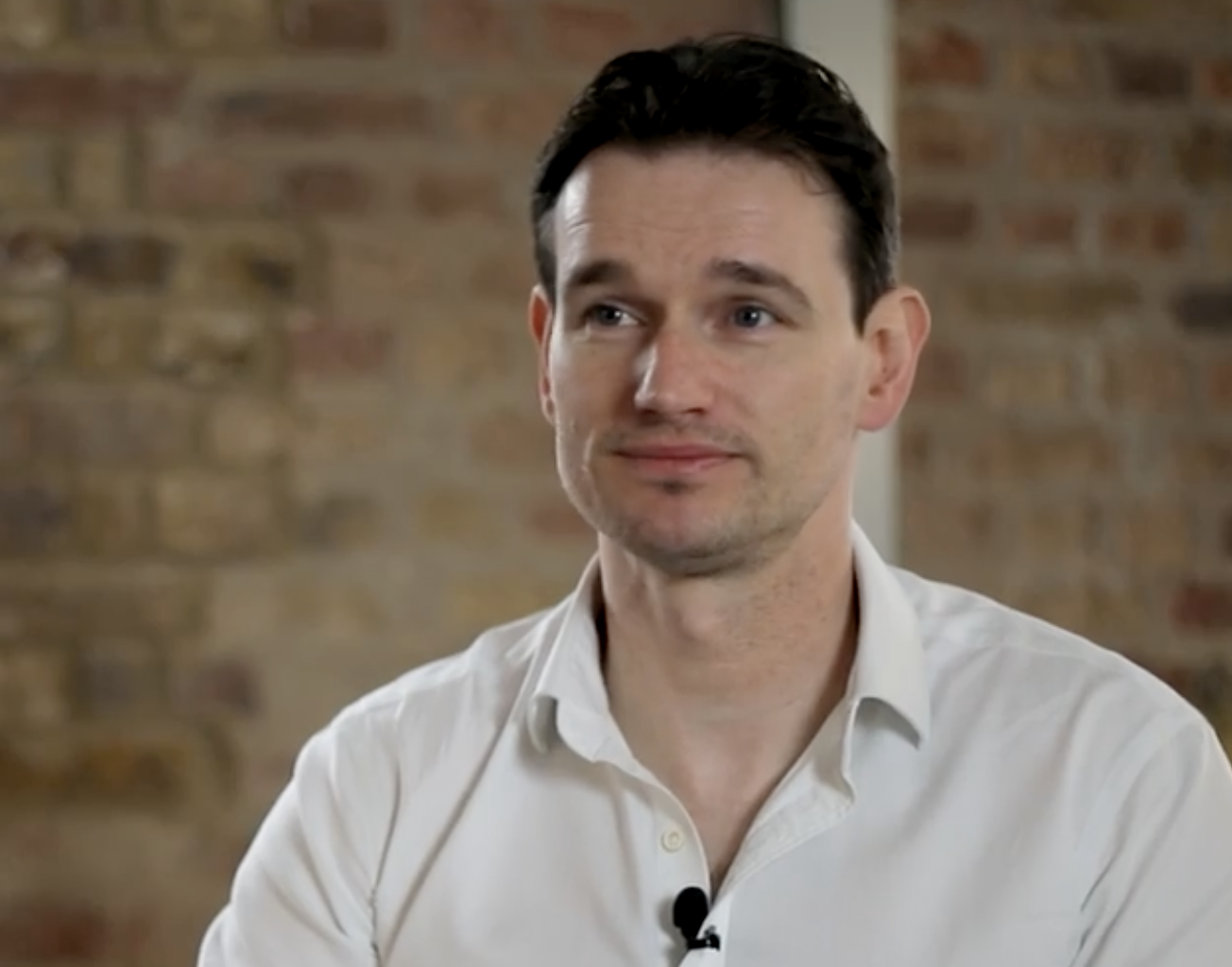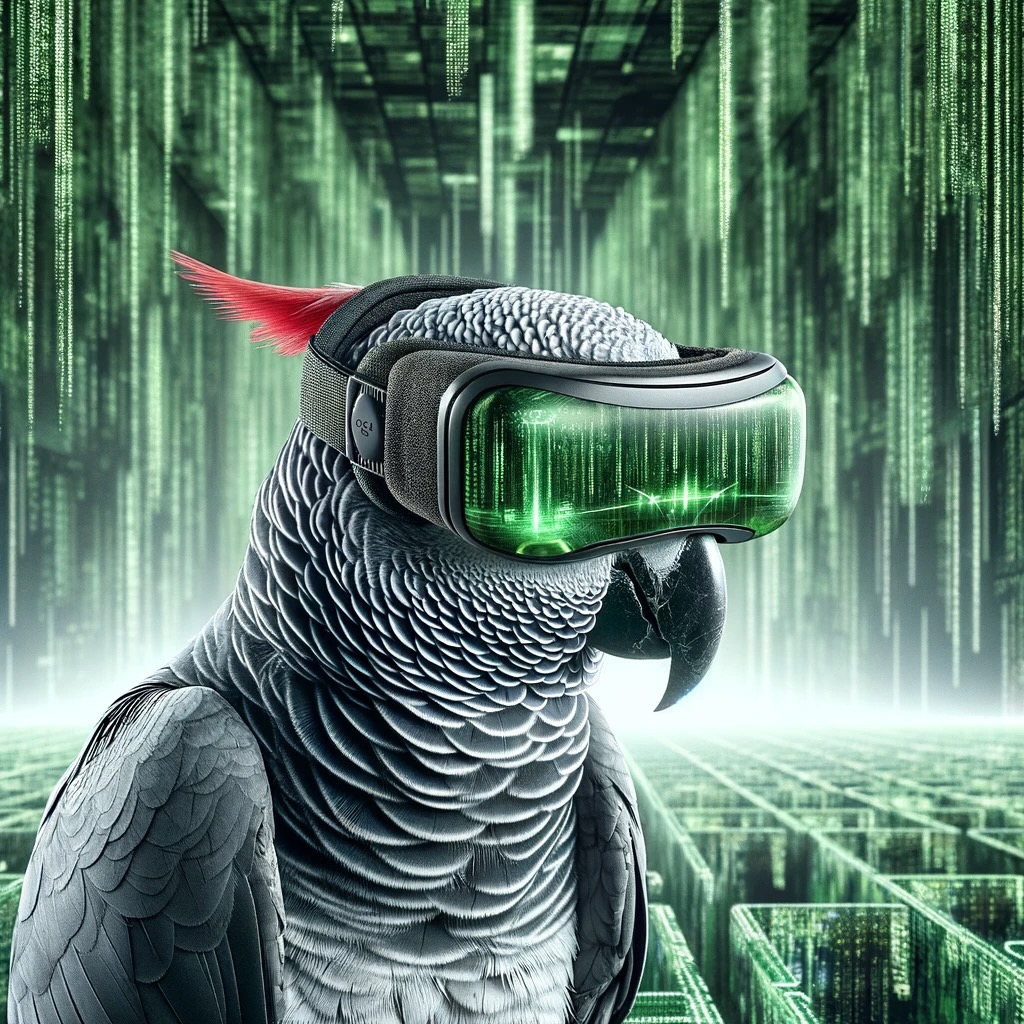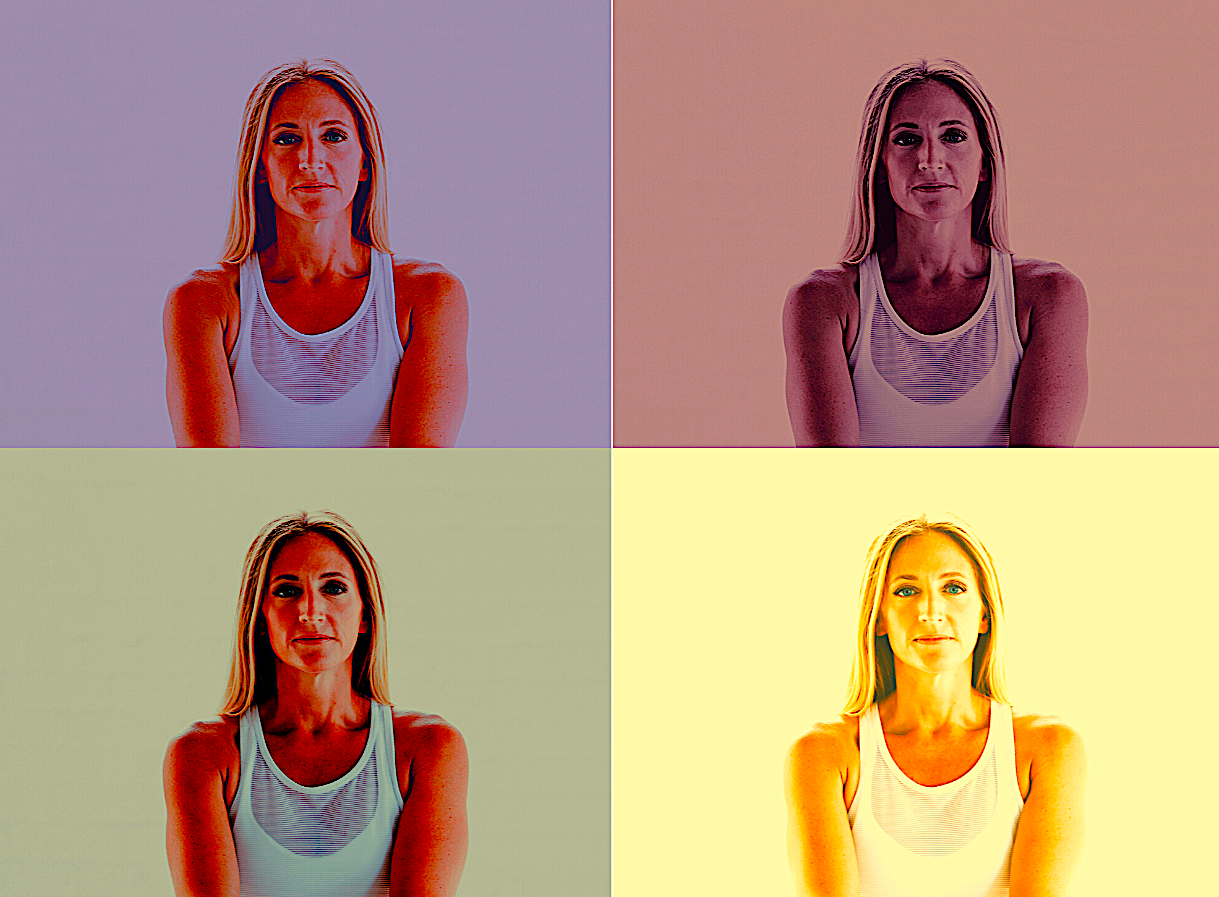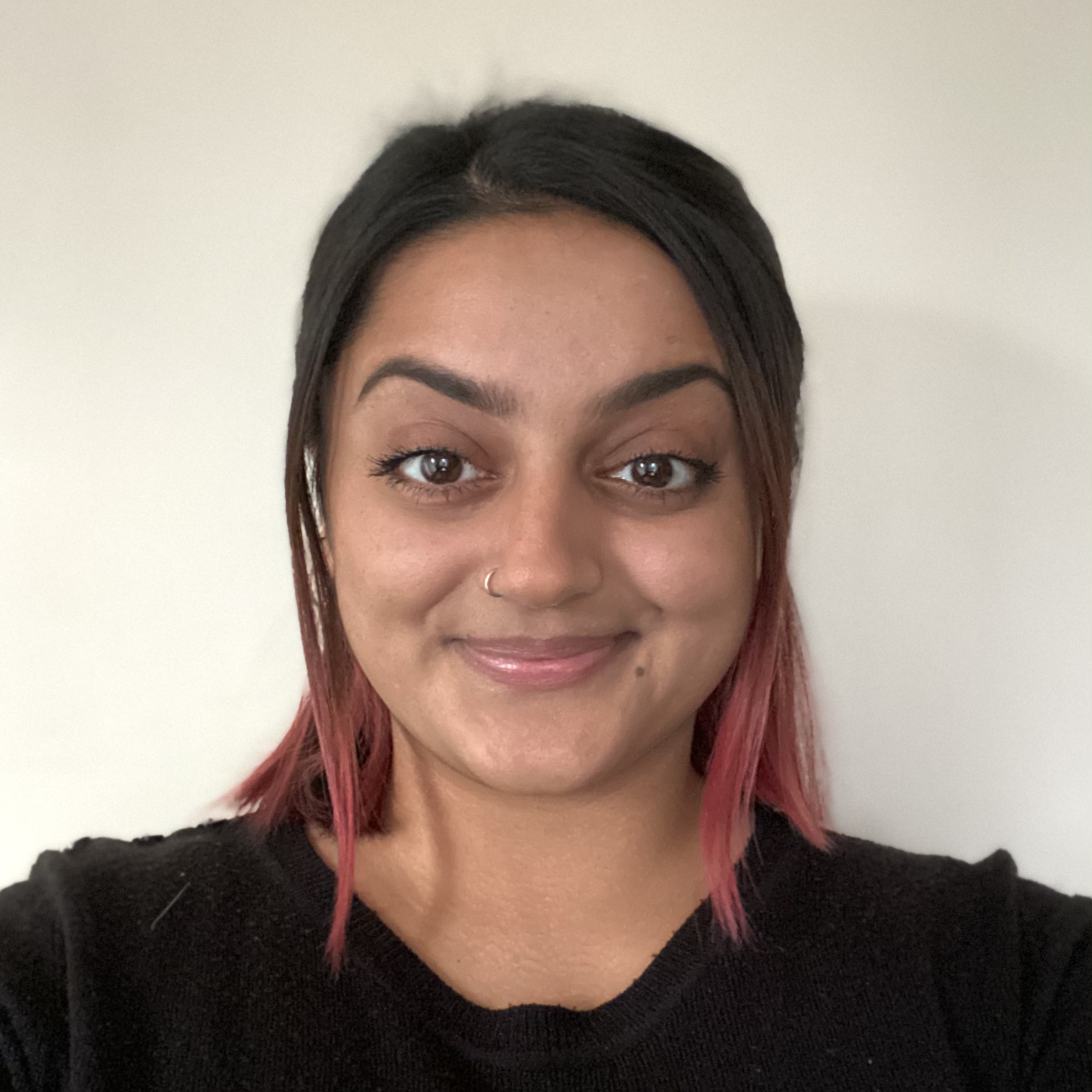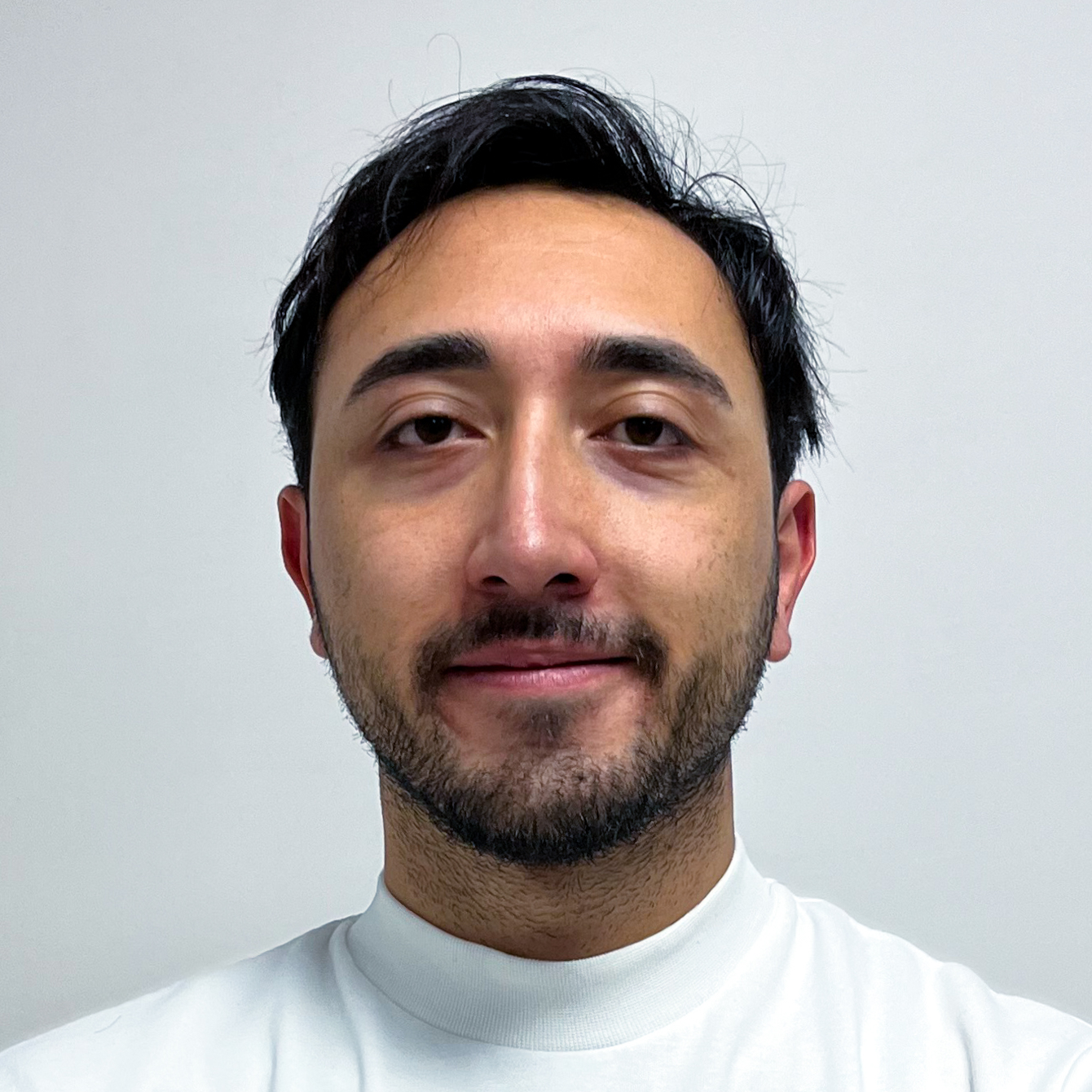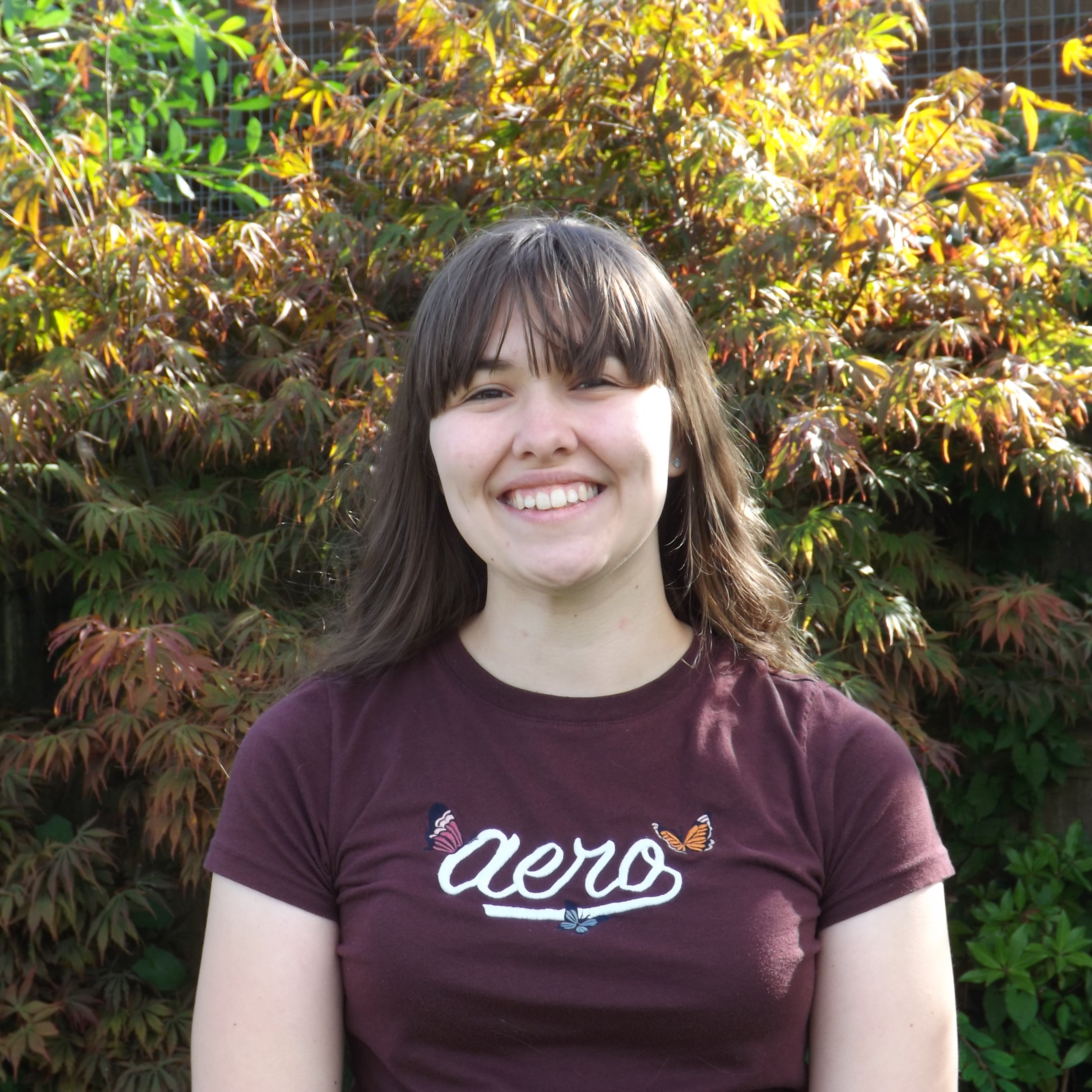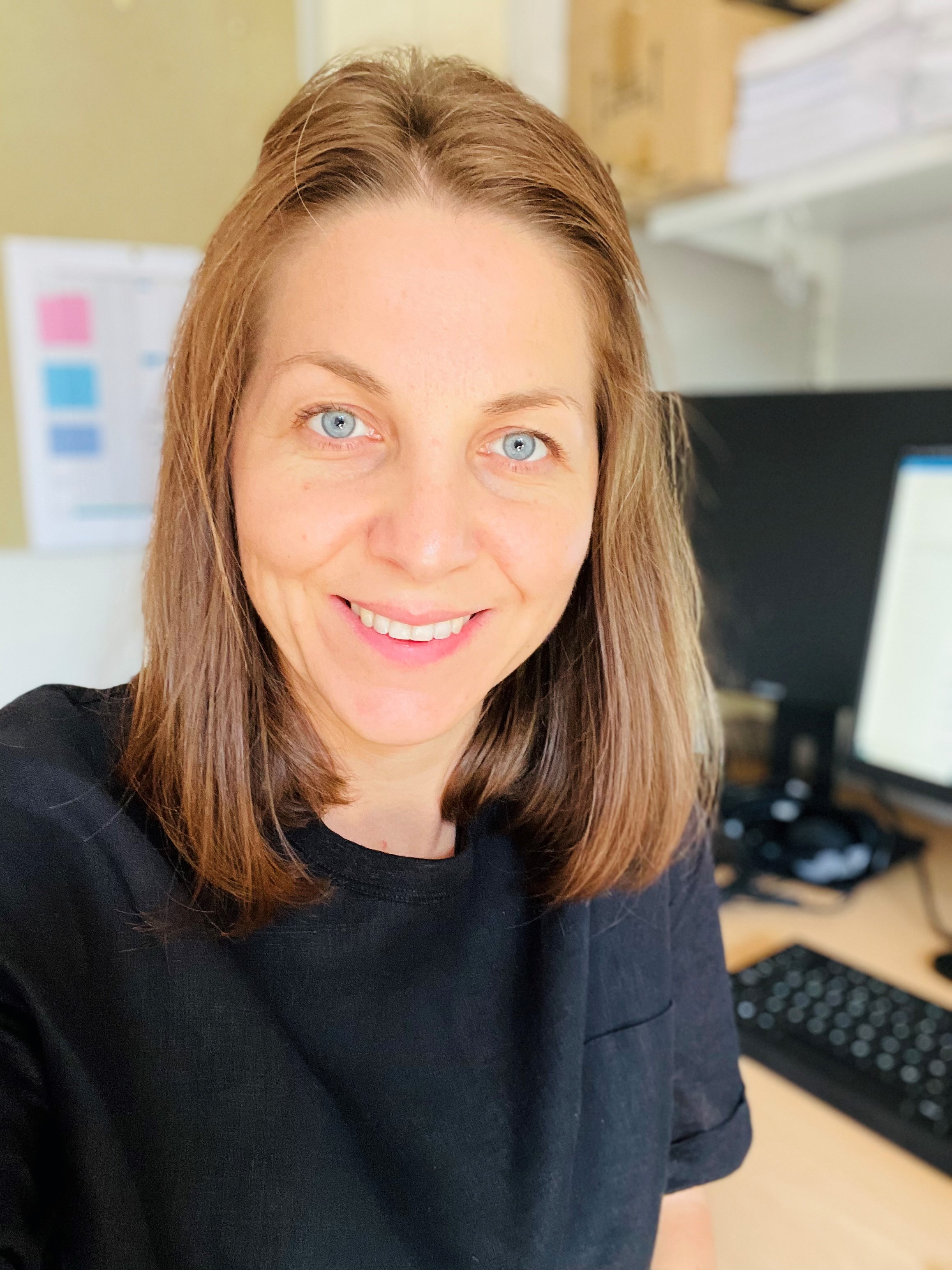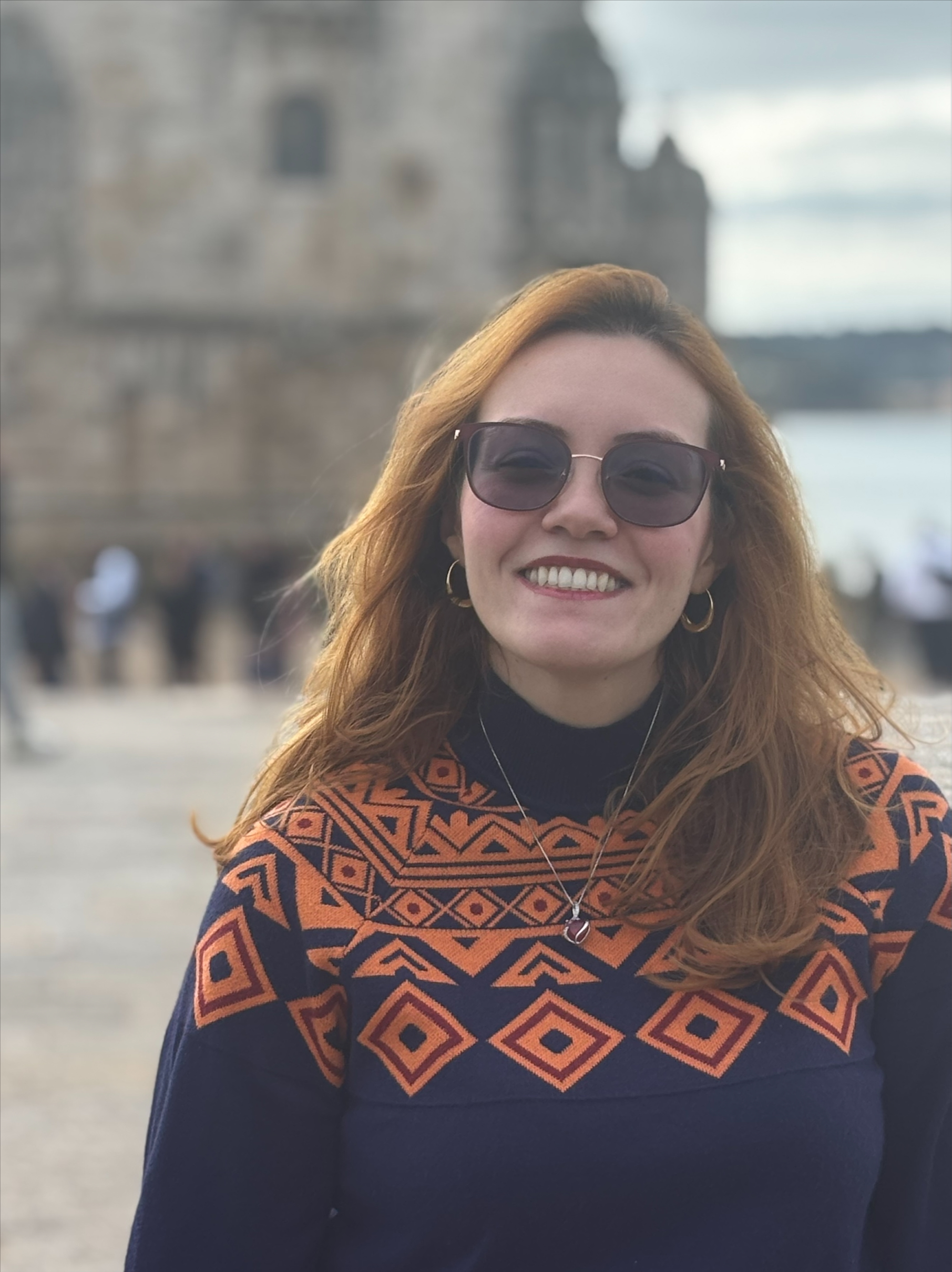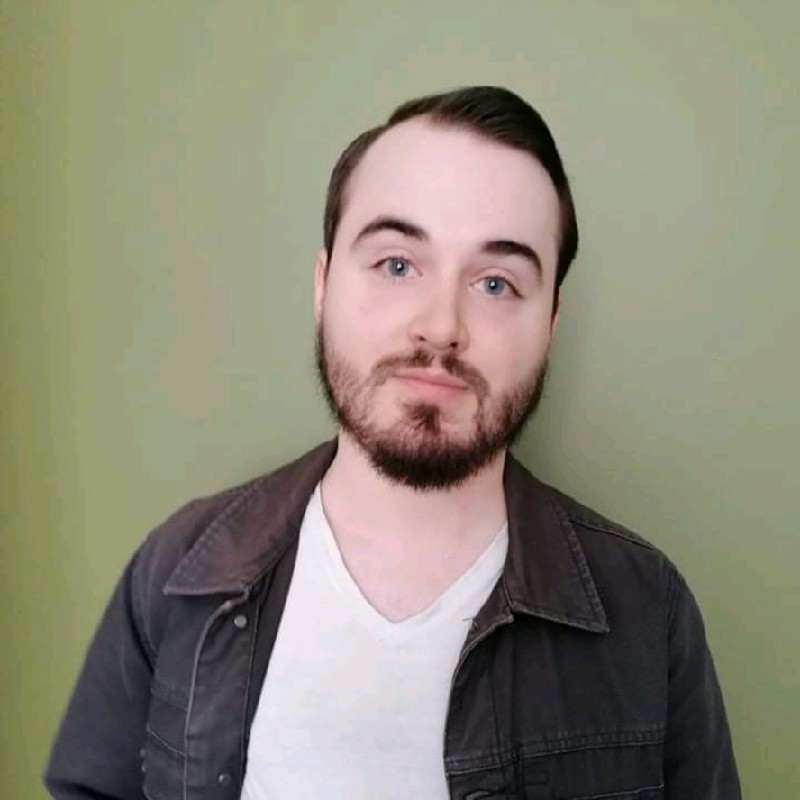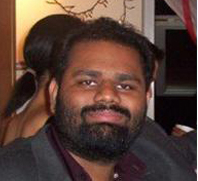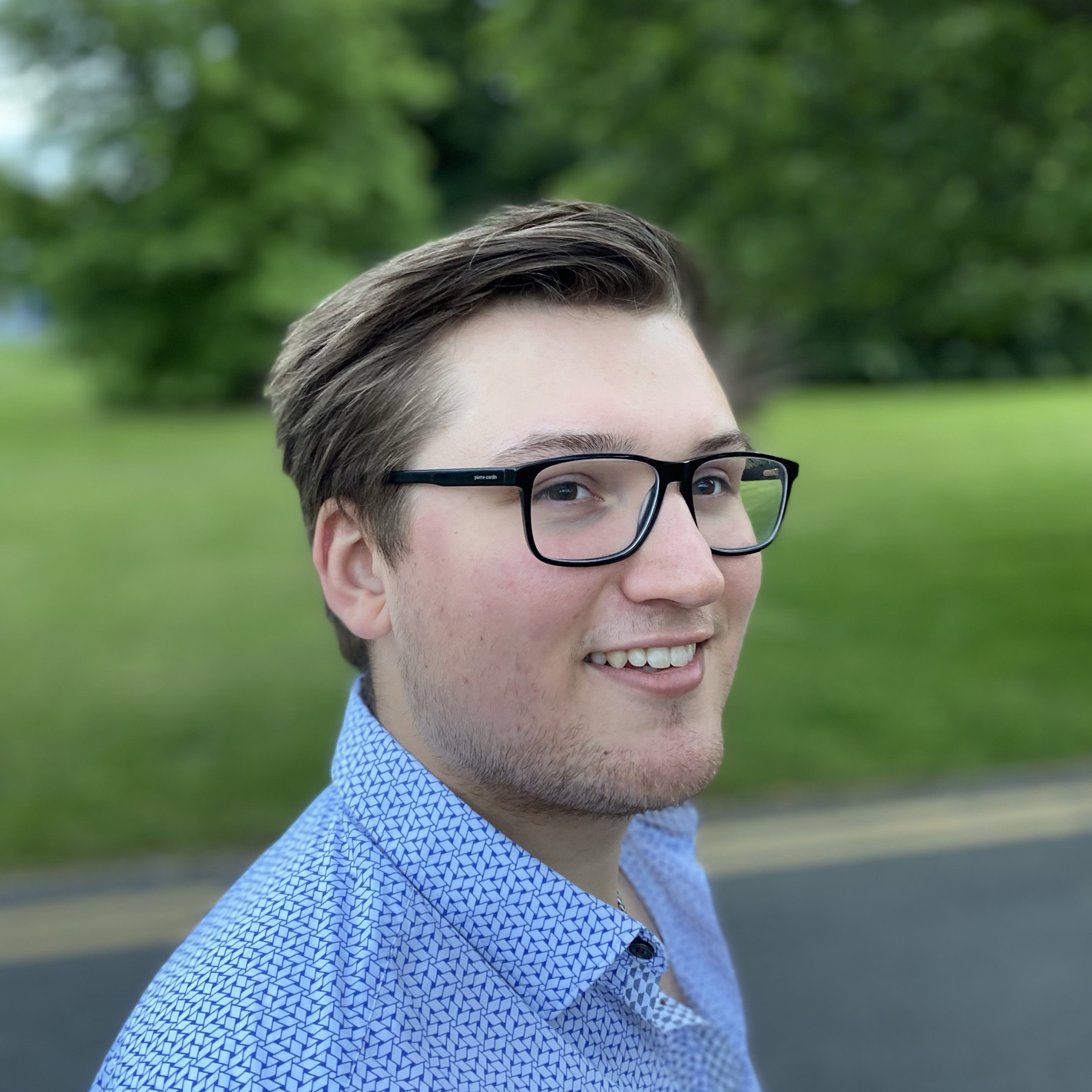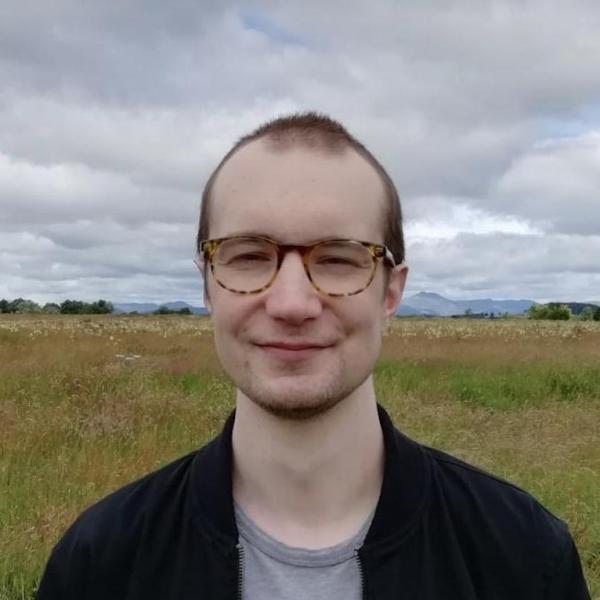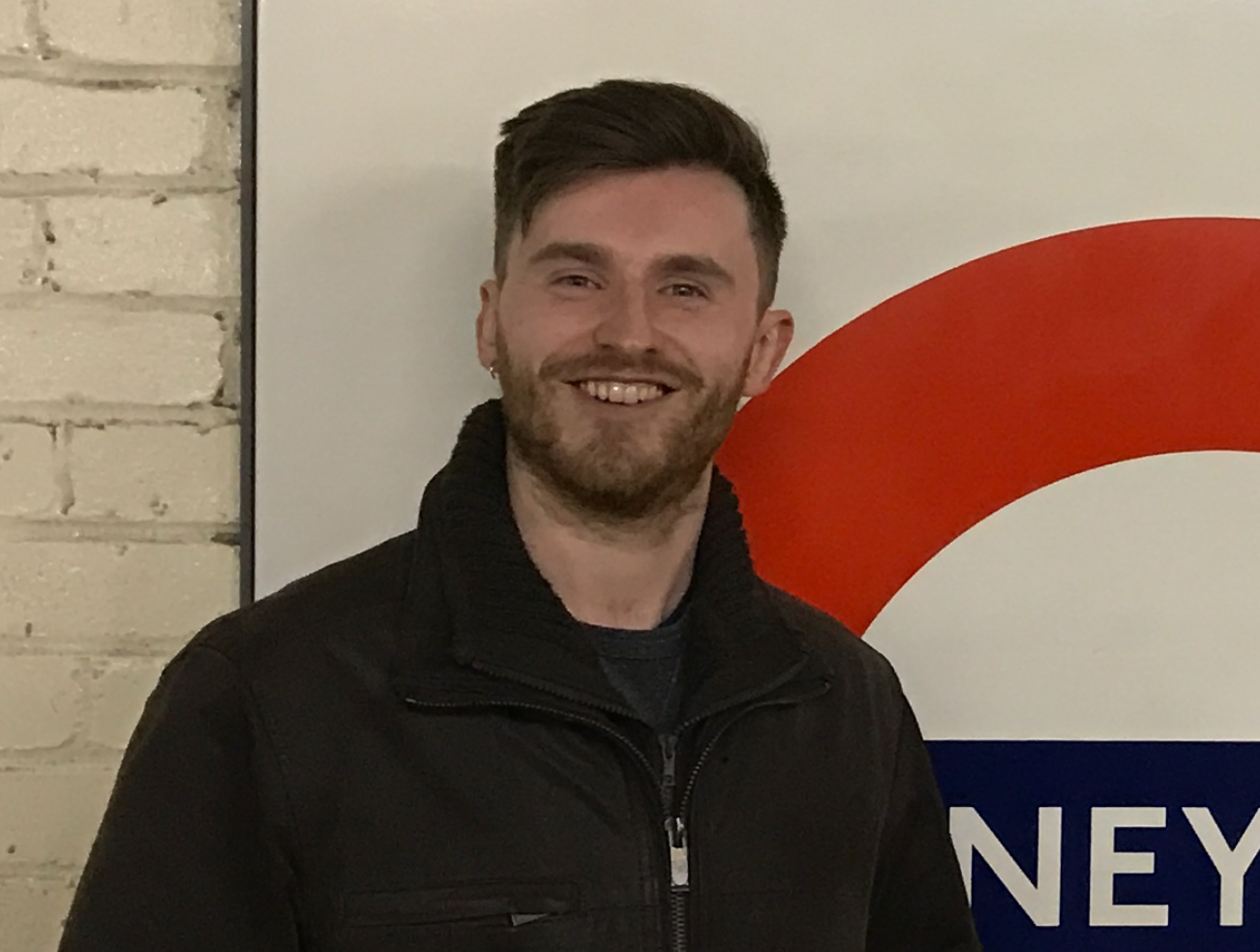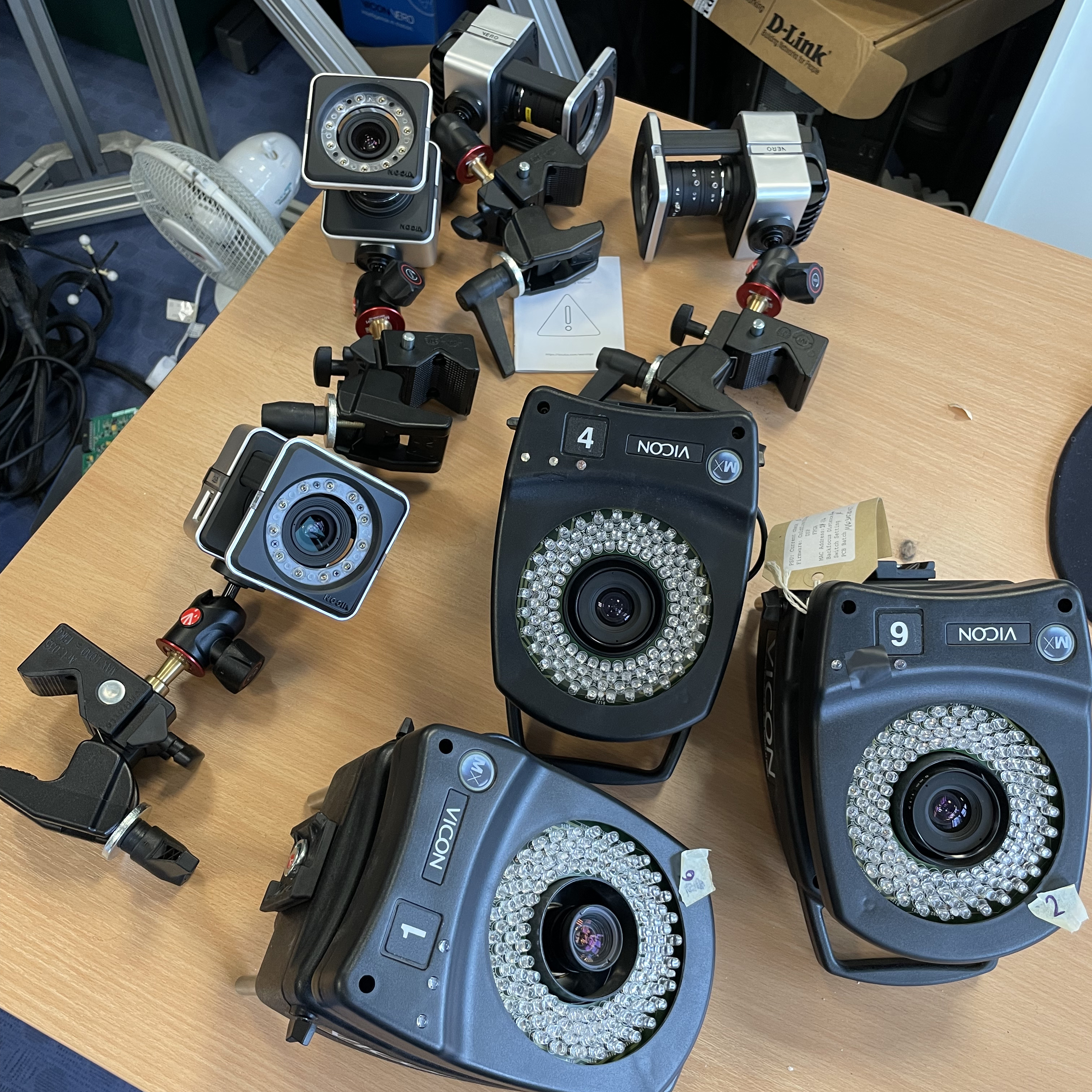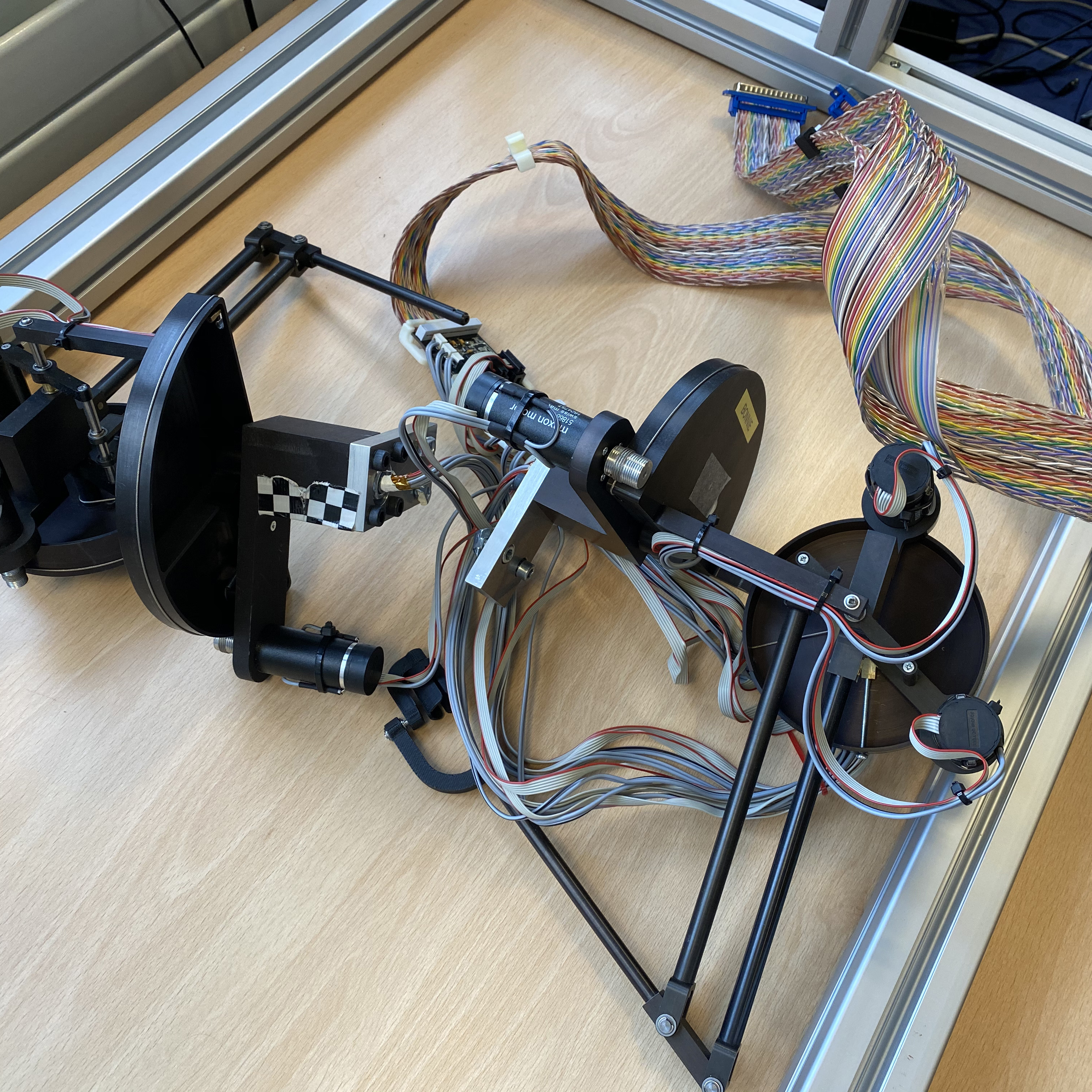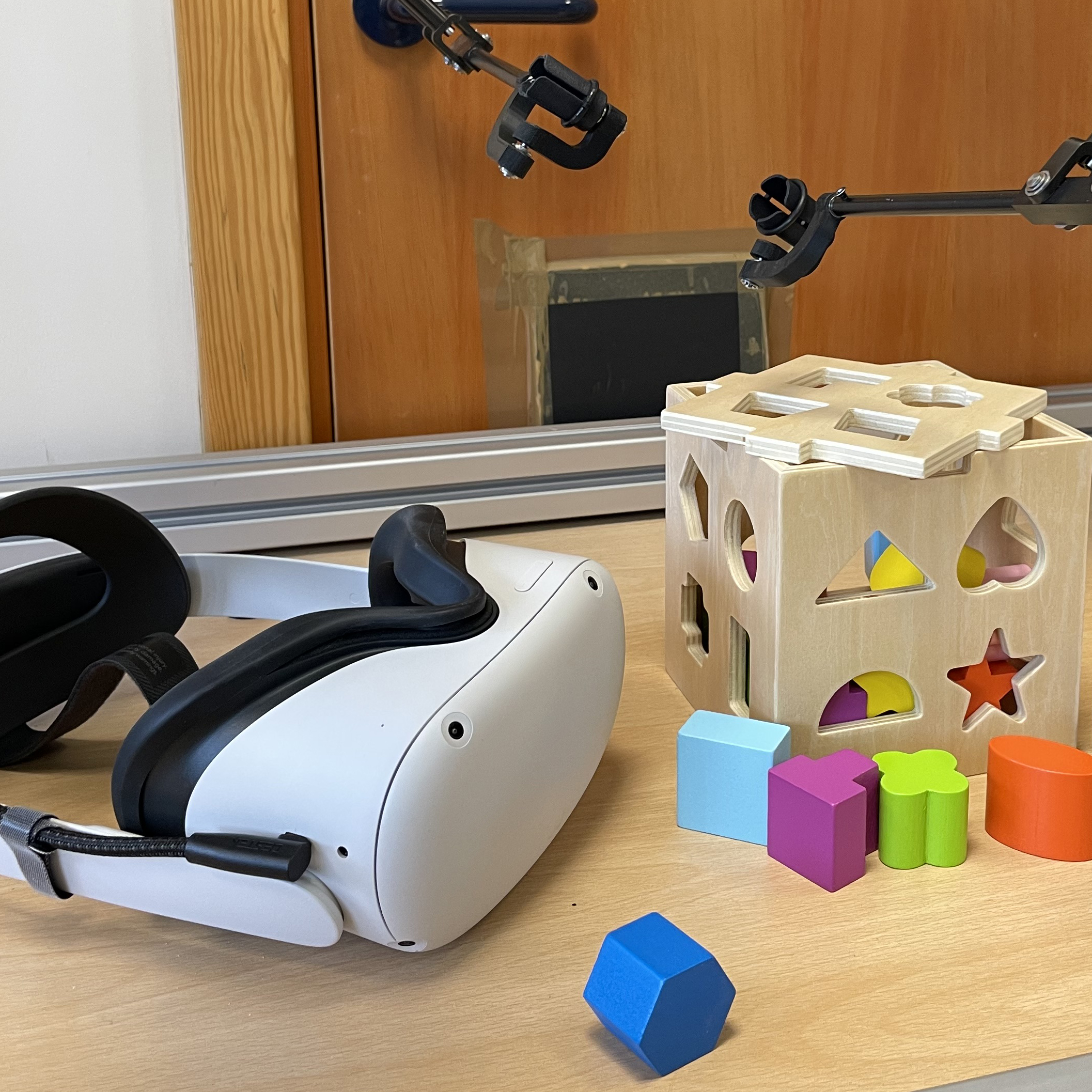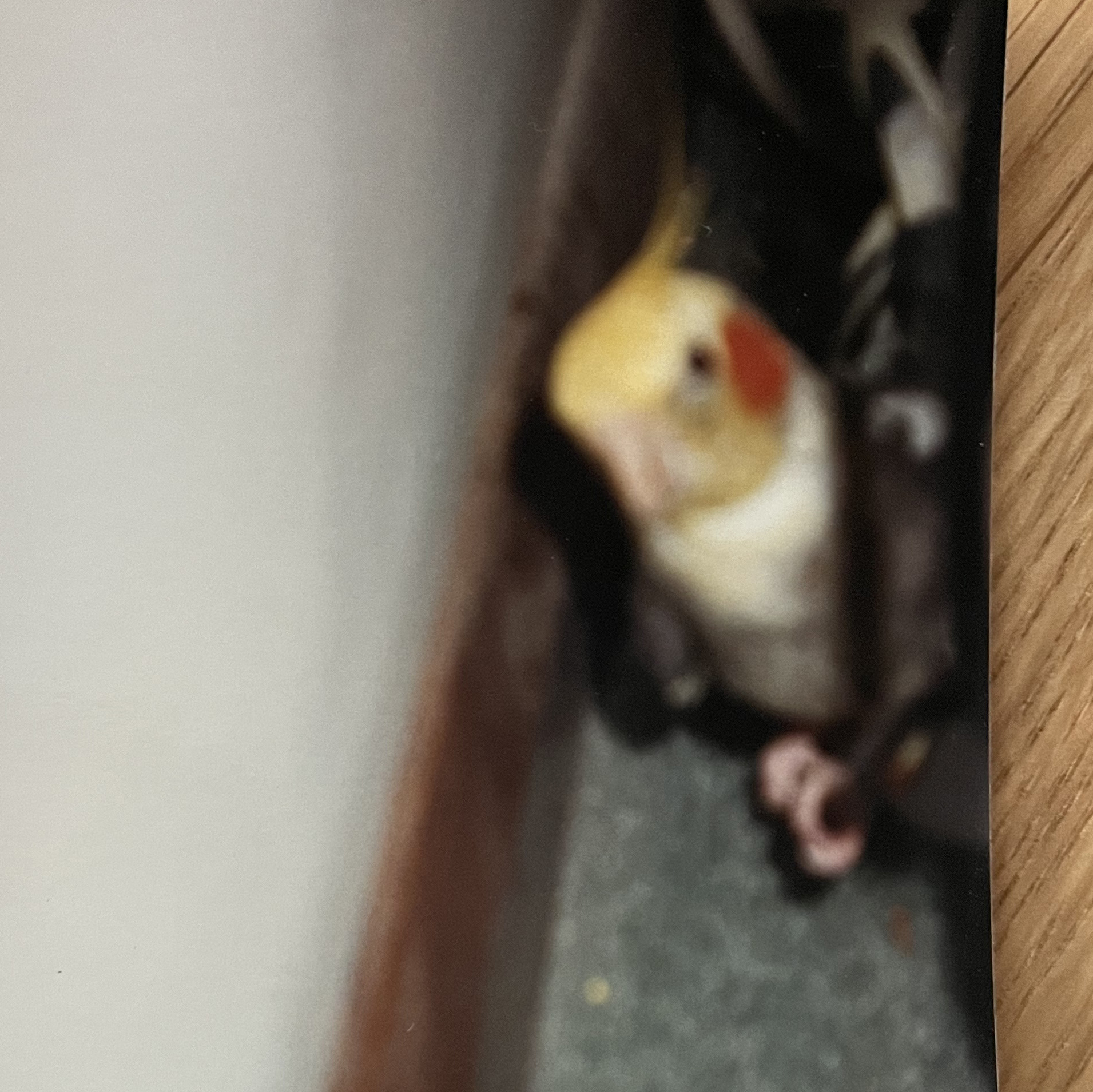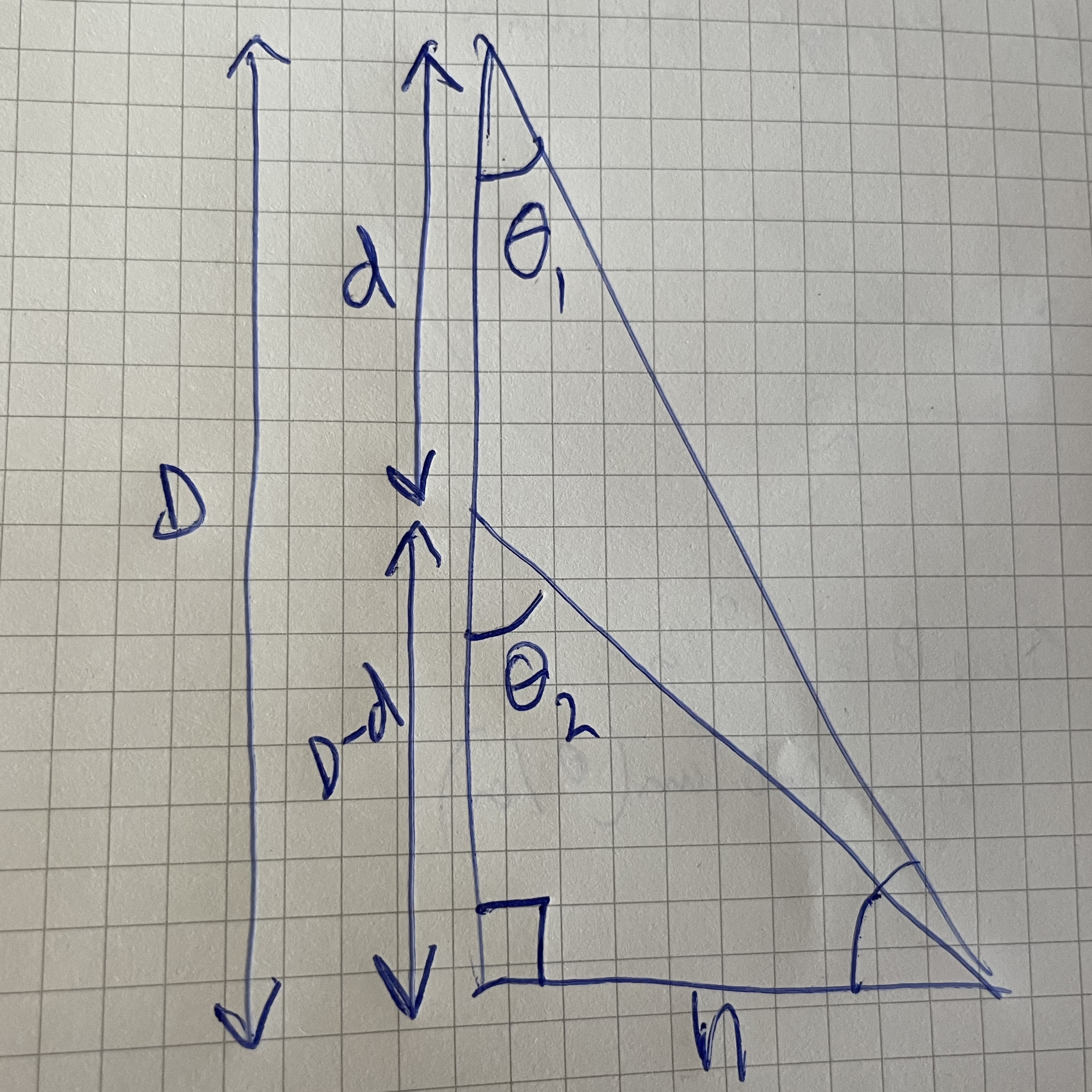Director of Vision and Haptics Laboratory
Associate Prof. Peter Scarfe
Position: Associate Professor in Psychology, Head of the Vision and Haptics Laboratory.
Biography: After completing my PhD at the University of St. Andrews on the use of horizontal disparity for perception and visuo-motor control, I was a post-doctoral researcher at the University of Pennsylvania (Philadelphia, USA), the Max Plank Institute for Biological Cybernetics (Tübingen, Germany), University College London (UCL), and Cambridge University. During this time I worked on perceptual learning, vision and haptics, motion integration, and free will. In 2013 I moved to the University of Reading as a post-doc working with virtual reality, before being promoted to lecturer in August 2015, when I founded in the Vision and Haptics Lab. In August 2021 I was promoted to Associate Professor.
Research Collaborators
Prof. William Harwin
Position: Professor of Interactive Systems and lead technologist in haptics at the UKAEA RACE
Biography: William is based in the School of Biomedical Engineering. His research is focused on understanding the mathematics and engineering of interacting systems. His general research interests are in haptic interactions, rehabilitation robotics, wearable sensors and dynamic models of animals and cells. Specific interests include haptics in skills training and education, design and stability of exoskeletons, wearable sensors for long term analysis of health, reach and grasps in humans, and mechanodynamics in cells. He is a director of the start-up company Generic Robotics Ltd. that is exploring haptic applications in medicine and dentistry. Much of the labs work is in collaboration with Williams lab and leverages the benefits of combining expertise across Psychology, Engineering and Industry.
Dr. Alastair Barrow
Position: Industrial Collaborator and Honorary Lab Member
Biography: Ally is an Honorary Lab member and CEO of TOIA. TOIA provide the lab with the awesome software for Unreal Engine which allows world-leading high-fidelity haptic simulation within Unreal, including soft-body mechanics. Ally has been leading the integration of TOIA with the Matrix and will be collaborating closely with the labs future research. You can find Ally’s LinkedIn profile here.
Post Doctoral Researchers
Dr. Carl Bunce
Position: Post doctoral Resercher.
Biography: Carl is employed on a Leverhulme Trust grant awarded to Dr Katie Gray (Principal Investigator) and Dr Peter Scarfe. The research is investigating social interactions in virtual reality environments using 3D scans of people captured using an Einscan Pro HD scanner and by photogrammetry. We will be constructing a database of 3D scans which we will be making available to researchers, along with some code showing how to use the database.
PhD Students
Nina Jane Patel
Position: PhD student.
Biography: Nina's research is supported by the Wilkie Calvert Studentship in partnership with Kabuni Ventures. As the Director of Wellness, Arts & Culture for Kabuni, Nina leads the vision to create immersive content for the future. Nina is investigating the health and wellness implications of emergent technology focusing on non-gaming VR and related wearable technologies. You can fin Nina on LinkedIn here. Nina is co-supervised by Dr. Juliane Honisch.
Rea Gill
Position: PhD Student
Biography: Rea's PhD is focused upon understanding the perceptual optimisation of visual-haptic telepresence systems, particularly the roll of transformed between visual and haptic workspaces using the matrix. Rea's PhD is funded jointly by SeNSS and EUROfusion. The project is co-supervised and involves close collaboration with RACE. You can find Rea on LinkedIn here. Rea gained a first class degree in Psychology from the University of West of England and a MSc in mental health studies from Kings College London.
Ali Altun
Position: PhD student.
Biography: Ali's PhD will be focused on how the human sensory system integrates information from vision and touch in virtual reality telepresence systems. This is part of the labs ongoing work with the matrix.
Chloe Irwin
Position: PhD student
Biography: Chloe's PhD project, funded by SEDarc, is investigating temporal adaptation in multimodal virtual reality telepresence systems. Chloe is co supervised by Prof. William Harwin (University of Reading Biomedical Engineering)and Erwin Lopez Pulgarin (RAICo). The project will involve close collaboration with researchers at RACE and RAICo.
Anastasiya Savchenko
Position: PhD student
Biography: Anastasiya is a part time PhD student and research technician in the School of Psychology. Anastasiya's PhD project is investigating the physiological correlates of use of virtual reality. Anastasiya is jointly supervised by Prof. Etienne Roesch.
Emmanuelle Rodrigues Nunes
Position: PhD student
Biography: Emmanuelle is a part time PhD student in the lab. Emmanuelle's PhD project will be investigating visual discomfort in virtual reality. Emmanuelle is jointly supervised by Prof. Etienne Roesch.
MSc and UG Students
Max Sargent
Max completed full year placement in the lab over the 2023-24 academic year and is now doing his final year project in the lab. The focus of the project is investigating "holistic face processing" using a 3D database of face scans.
Alumni: PhD and Researchers
Dan Norman
Dans PhD focused on the design of software architecture for running haptic simulation i.e. simulating the sense of touch. Dans primary supervisor was Willaim Harwin. Dan also worked in the lab on the Matrix, helping us develop software for the RAIN project.
Dr. Anantha Sivasubramaniam
Anand is now a research technician at the University of Reading UK, having previously completed his PhD at the University of Reading Malaysia campus. Anand's research is focused on the multisensory factors that affect the feeling of ownership in the rubber hand illusion. Anand was co-supervised for his PhD with Rachel Pye and Andreas Kalckert at the University of Skövde.
Jake Tomaszewski
Jake was previously a research officer employed on the labs RAIN Hub grant examining the perceptual optimisation of visual-haptic telepresence systems. Jake is working with the lab in commisioning and calibrating the Matrix Device in Unreal Engine anf TOIA. Jake gained a First Class Honours in Biomedical Engineering from the University of Reading ans subsequently a MSc in robotics at Imperial College London. You can find Jake on LinkedIn here.
Dr. Aaran Reader
Aaran was a PhD student in the lab. His primary supervisor was Dr. Nick Holmes (University of Nottingham). Aarans work is focused on the representation of the body, kinematics and social interaction. He uses behavioural methodologies in conjunction with techniques such as Transcranial Magnetic Stimulation (TMS). Aaran is now a lecturer at the University of Stirling where he leads the Self/Other Lab.
Dr. Mark Adams
Mark was a PhD student in the lab. Mark’s primary supervisor was Prof. Andrew Glennerster and co-second supervisor Prof. William Harwin. Marks PhD research focused on how sensory information from vision and touch is integrated to localise objects in the world. The research utilised immersive virtual reality and haptic robotics. Mark is now a Postdoctoral Researcher in Psychology at the University of Reading.
Alumni: MSc and UG
Josh Murphy
Josh was a MSc student in the lab. The project is focused on understanding how binocular visual cues contribute to the internal sensory representation of faces – in particular the nature of “holistic” face processing. This project is in collaboration with Dr Katie Gray. Josh is now a PhD student at the University of Exeter. You can find Josh on LinkedIn here.
Carmen Tinning
Carmen's research examined the impact of altered transforms (e.g. between visual, proprioceptive and haptic workspaces) on the performance of "humans in the control loop" for remote operations. This is was part of the labs RAIN Hub grant and RACE. Carmen is now working as a product development engineer at COVVI. You can find Carmen on LinkedIn here.
Ross Harrington
Biography: Ross' research examined the relative potency of “subliminal priming” to bias a persons free choices (which has been used as evidence for the absence of “free will”) and the ability to predict a persons free choice on one trail of an experiment based upon examining their previous responses. The aim was to examine, if we are wanting to predict behaviour which metric should be use, and is this evidence that people do not have free will?
